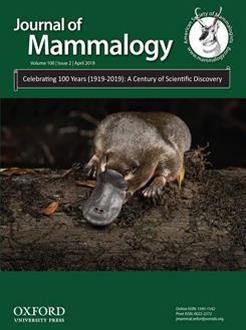Seed-caching rodents store large quantities of seeds during the summer and autumn but the number of stored seeds has rarely been estimated. Understanding how many seeds each individual stores has implications for energetics during the period of food scarcity, and the number of seeds scatter hoarded has implications for how well animals disperse the seed of plants and thereby effect ecological processes. The number of seeds of antelope bitterbrush (Purshia tridentata) and Jeffrey pine (Pinus jeffreyi) scatter hoarded by yellow pine chipmunks (Tamias amoenus) was estimated in a year of good seed production. Both of these plant species are adapted for seed dispersal by scatter-hoarding animals. Individual chipmunks scatter hoarded an estimated 29,629 bitterbrush seeds and 5,945 Jeffrey pine seeds each year. These estimates are likely underestimates and do not include the many thousands of seeds eaten during the harvest period. Combined, the number of seeds of these two species that chipmunks scatter hoard in soil provided 2.8 times more energy than required to survive the autumn and winter. Populations of yellow pine chipmunks have the potential to scatter hoard nearly a million seeds per hectare in good seed years.
How to translate text using browser tools
14 March 2019
Seed harvest by scatter-hoarding yellow pine chipmunks (Tamias amoenus)
Stephen B. Vander Wall
ACCESS THE FULL ARTICLE

Journal of Mammalogy
Vol. 100 • No. 2
April 2019
Vol. 100 • No. 2
April 2019
food storage
granivory
hoarding
rodent ecology
seed dispersal
seed harvest




